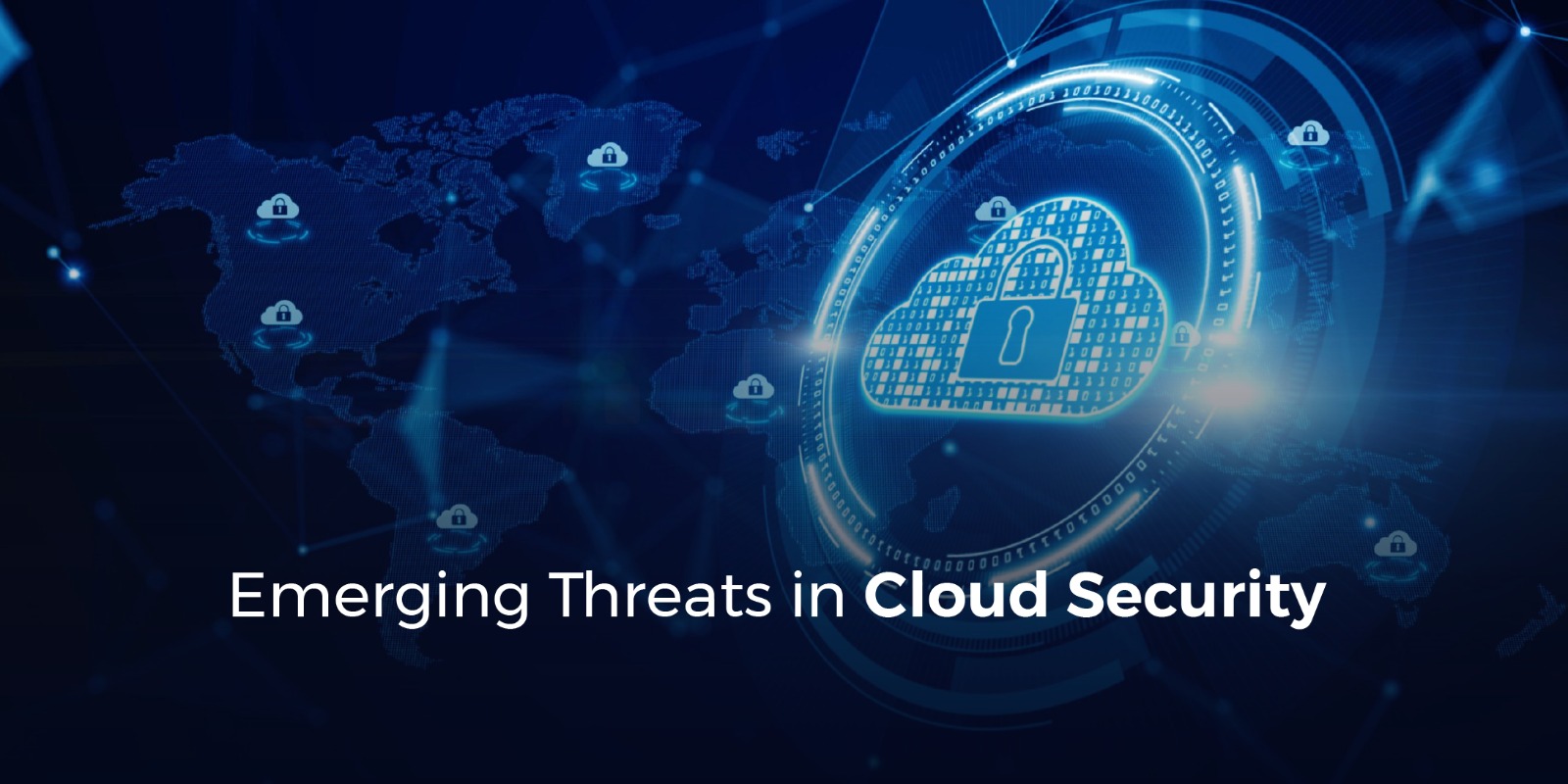
The business landscape is swiftly advancing its digital evolution, leaning heavily on cloud-based solutions. As a result, the need for robust security measures to safeguard sensitive data and infrastructure has become paramount. Despite the advantages of cloud computing, including enhanced efficiency and accessibility, it introduces fresh security concerns. Let’s take a look at some of the emerging threats in cloud security.
According to a survey conducted by Statista in collaboration with Surfshark, a total of 15 million data records were globally exposed in the third quarter of 2022 due to security breaches. Comparing this quarter to the preceding one, there has been a 37% increase in the number of records compromised. The highest volume of exposed data records was detected in the fourth quarter of 2020, amounting to nearly 125 million data sets.

Data breaches pose a substantial and ongoing threat to cloud computing. Cybercriminals are expected to continue targeting cloud platforms to gain unauthorized access to sensitive information. This could encompass a range of data, such as customer records, financial information, and proprietary business intelligence.
Misconfigurations constitute a significant portion of security incidents in cloud environments. Seemingly minor oversights, such as inadequate access controls or retention of default passwords, can render cloud resources susceptible to potential attacks. As cloud systems continue to increase in complexity, it is anticipated that misconfigurations will pose an even greater challenge going ahead.
According to a recent Statista report, during the first half of 2022, the world witnessed a staggering 236.1 million ransomware attacks. Between the first and second quarters of 2022, ransomware incidents surged by 18%, surging from nearly 130 million to approximately 106 million worldwide. Notably, ransomware affected 71% of businesses globally in 2022, and a substantial 62.9% of ransomware victims complied with the ransom demands.
Over the past few years, cloud environments have become increasingly attractive targets for ransomware attacks. Experts predict that these attacks will persist and advance, with cybercriminals deploying new techniques to infiltrate and encrypt data residing in the cloud.
According to CrowdStrike Intelligence, cloud exploitation soared by 95% in 2022 as “cloud-savvy” threat actors tripled in number. Additionally, dark web access broker advertisements increased by 112%, and the average eCrime response time was a mere 84 minutes.
Malware and botnets pose continuous threats to cloud security. These threats are expected to further evolve, with malicious actors employing sophisticated tactics, such as file-less malware, to sidestep detection.
Insider threats continue to be a paramount concern in the realm of cloud security. These are risks posed by individuals within an organization who misuse their access to compromise security. Such threats can be accidental, resulting from negligence, or deliberate, driven by malicious intent. Insider threats encompass data breaches, intellectual property theft, and sabotage, making proactive monitoring and security measures essential.
|
Cloud security threats |
Security failure |
Mitigation strategies |
|
Cloud Data Breaches |
|
|
|
Cloud Misconfigurations |
|
|
|
Cloud Ransomware Attacks |
|
|
|
Cloud Malware and Botnets
|
Threat detection- Vulnerable and outdated components. |
|
|
Insider Threats |
|
|
Conclusion
Cloud security risks are expected to undergo further transformation and attain greater intricacy. To keep pace with this evolving landscape and safeguard their cloud infrastructures against cyber threats, organizations can opt for a forward-looking security strategy. This approach encompasses periodic compliance audits (such as SOC 2, ISO27001, CCM, etc.), vulnerability assessments, penetration testing, and the establishment of a resilient incident response plan (CSOC).
CloudArmee is a cloud agnostic solutions provider that offers a comprehensive suite of cloud security services designed to empower businesses in safeguarding their digital assets. Whether it’s threat detection, access control, data encryption, or compliance management, CloudArmee’s services ensure that businesses can confidently navigate the cloud environment while protecting their critical data and operations.